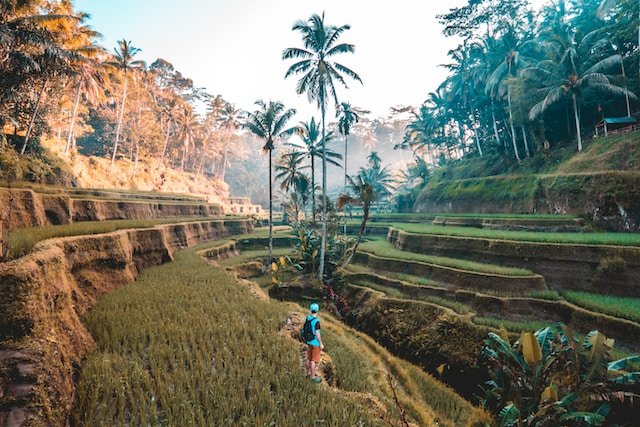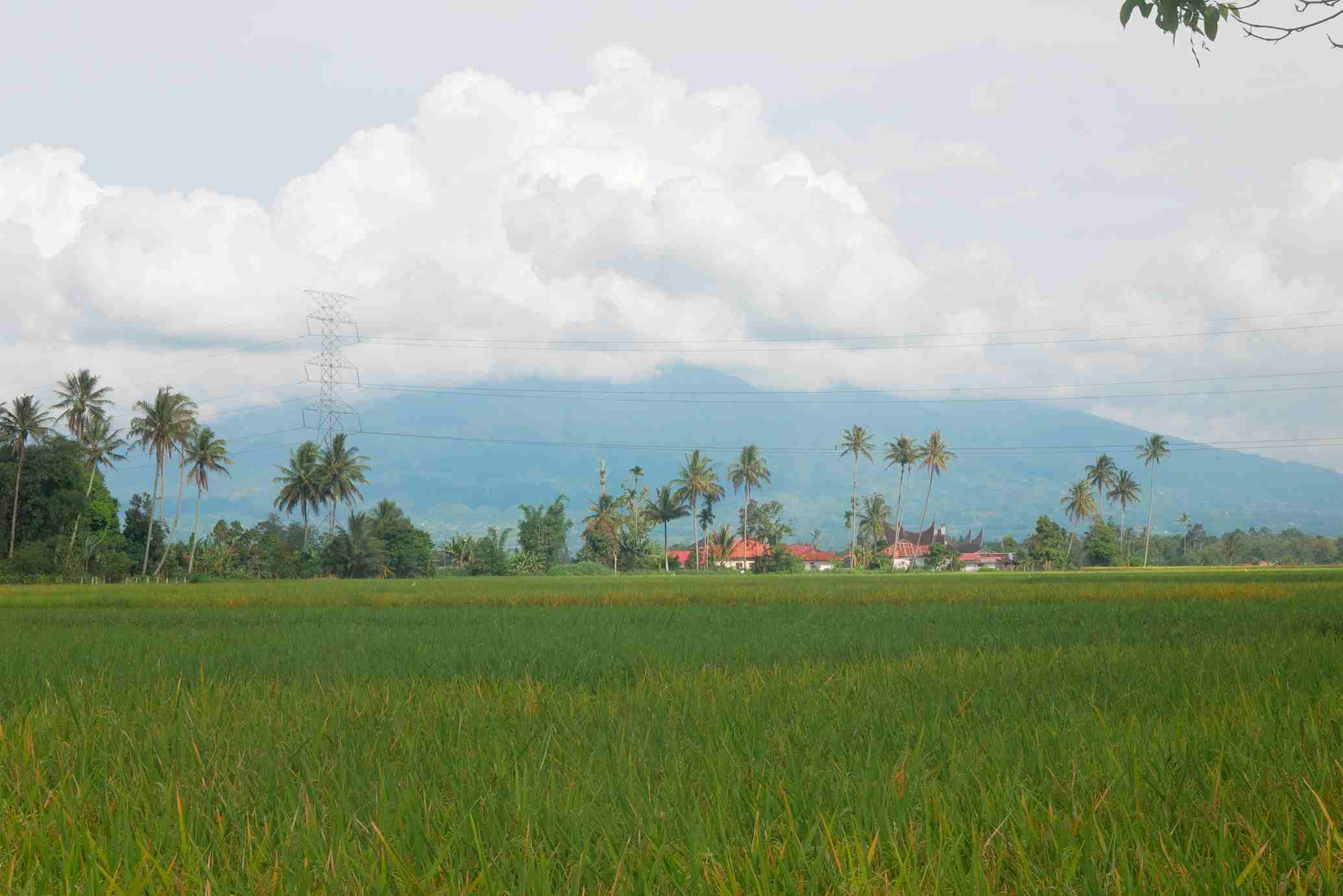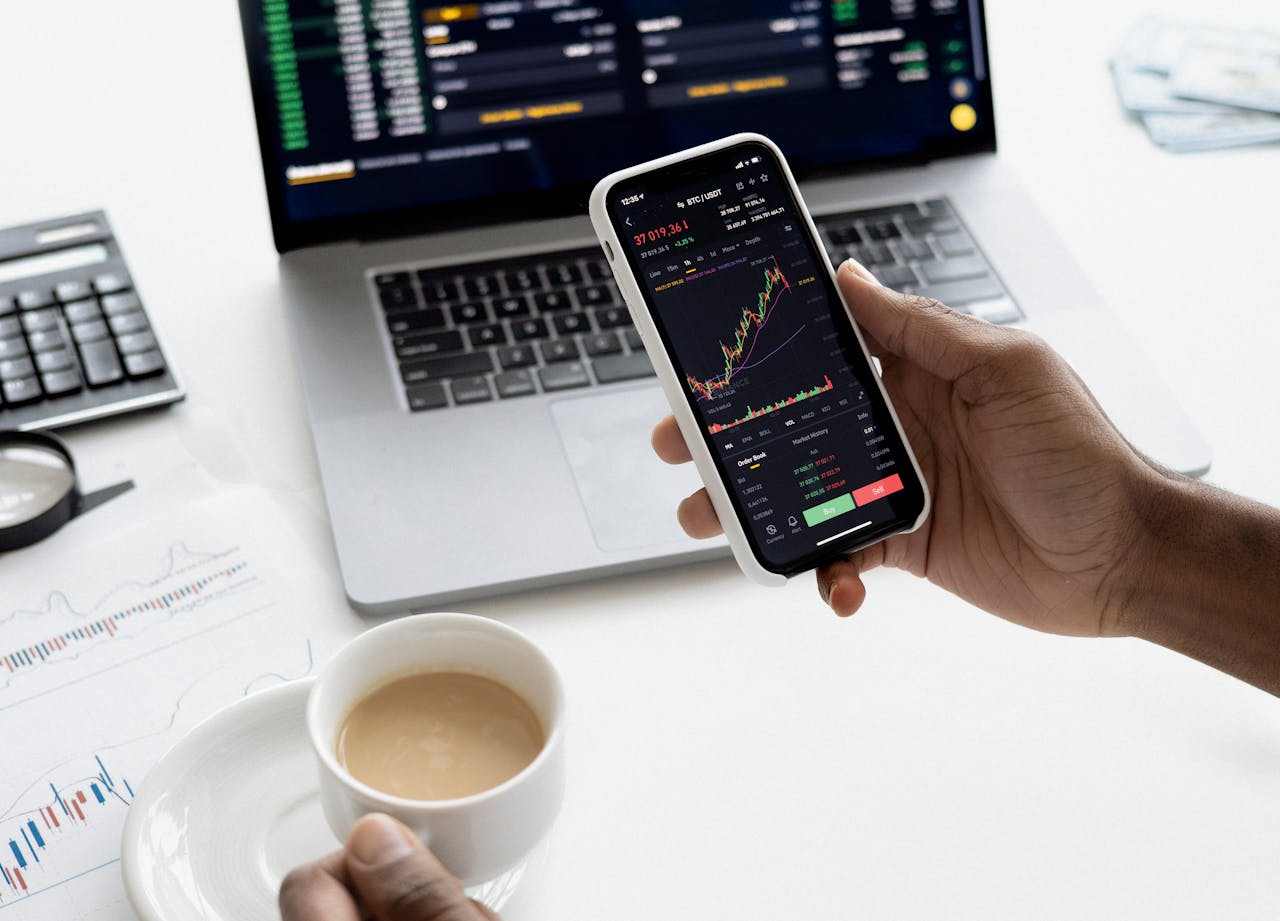

As the fourth-largest global producer of agricultural products, Indonesia's farming practice plays a vital part in the country's development. The sector contributes to over a third of the nationwide workforce and extensive shares to the overall gross domestic product (GDP). The agriculture sector takes up to 30 percent of the country's available land, with most of it being large-scale plantations of palm oil. Other common commodities acting as essential export products are rice, soybeans, corn, fruits, and vegetables.
In recent years, the Indonesian government has emphasized agricultural self-sufficiency on several commodities stapled to the country, such as rice. The country still imports rice from neighboring countries to secure the domestic rice supply catering to the significant per capita consumption. Therefore, governmental programs have since covered revitalization programs for individual farmers to push higher production.

However, the challenge lies in the dropping number of farmers as second and third generations become hesitant in entering the field. More than eight million Indonesians leave the countryside to migrate to the cities annually, putting agricultural production in a turbulent position to cater to the consistently growing demand. Additionally, environmental concerns also weighed the country's agricultural practice, with 75 percent of Indonesia's total greenhouse gas emissions stemming from farm-based deforestation activities.
Indonesia's farms face demands to improve their production from three tons of crops per farmer to five tons to meet the domestic consumption. As a result, the government encourages investments toward digitalization in the agriculture industry. For example, automation like drones or hydrogen balloons can vastly impact the overall time application and cut irrigation costs, usually accounting for most manual labor's capacity in the traditional agricultural practice.
Other digital innovations for Indonesia's agricultural development include precision farming, Internet of Things (IoT), and the supply chain network to support the end-to-end process of farming practices. Precision farming leverages big data and advanced analytics to calculate inputs and outlays, eventually increasing yield and easing the farm operations. Similarly, IoT can sensor plants' growth parameters such as temperature, humidity, moisture, and overall health of the plantations and notify the farmers of actions needed to be done.
With Indonesia experiencing a startup boom, several agricultural startups have risen to assist the consumer-end agrarian transactions. Sayurbox, a mobile grocery shopping app that allows consumers to purchase fresh farm products online, is among the early players. The startup commits to source directly from local producers and connects with local supply chain players to deliver goods to the consumers' houses. Additionally, PantauHarga provides comprehensive agricultural goods' prices to farmers, enabling more transparent transactions.
With high internet penetration and mobile phone usage, digitalization has become critical in Indonesia's agricultural development. However, farmers are yet to optimize the use of technologies to enhance their business values. The process to implement a thorough digital transformation across Indonesia's agricultural landscape require a massive restructuring of how conventional farms usually execute farming practices. The process would include screening and socializing the initial program to the diverse characteristics of farmers nationwide, ranging from older mom-and-pops farmers who would be more hesitant towards change to younger farmers who would be more willing to accept the inevitable revolution.

Revolutionizing Finance: An Overview of Digital Lending in Southeast Asia
Digital lending is poised to become the primary revenue driver for digital financial services in Southeast Asia (SEA) by 2025, outpacing digital payments. This growth is fueled by a 33% annual increase in digital lending, supported by technological innovations such as automated loan origination processes and seamless integration of financial services into digital experiences. These advancements have made it easier for consumers to access financing for various needs, including online shopping, travel bookings, and ride-hailing services.

IoT Integration in the SEA Automotive Lubricants Market
The Southeast Asia (SEA) automotive lubricants market is rapidly evolving with the integration of Internet of Things (IoT) technology. This transformation offers significant benefits, creates new opportunities in smart technology, and introduces innovative IoT solutions that can revolutionize the industry.

Embracing Robotization: Challenges and Opportunities in Industry 4.0
Robotization presents challenges and opportunities for businesses and the workforce, requiring companies to embrace this transformation.

Opportunities in the Indonesian Skincare Market
The rapid growth of the Indonesian skincare market presents significant opportunities for the beauty industry. Projections indicate a steady growth trajectory of 4.6% over the next five years, reflecting sustained consumer demand and market expansion. In this article, we will explore the various opportunities that the Indonesian skincare market presents for brands seeking to establish a strong foothold and thrive in this dynamic landscape.